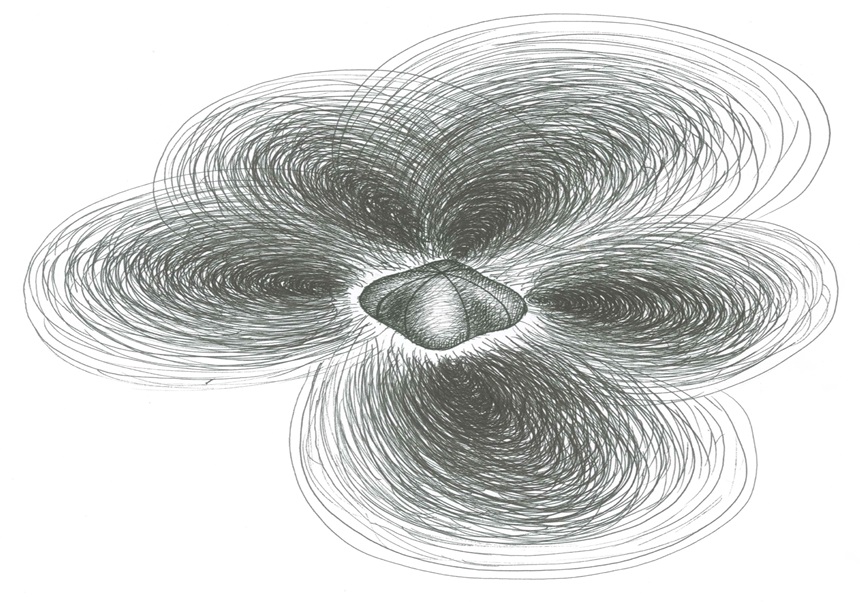
Título: Asteroseismology with binary neutron stars
Lugar: Seminario del DAA. Edificio Investigación Jeronimo Muñoz, planta cuarta, en Burjassot.
Día: martes 12 de diciembre de 2023.
Hora: 12:00.
Resumen:
During the late stages of a neutron star binary inspiral finite-size effects come into play, with the tidal deformability of the supranuclear density matter leaving an imprint on the gravitational-wave signal. As demonstrated in the case of GW170817---the first direct detection of gravitational waves from a neutron star binary---this can lead to constraints on the neutron star equation of state. As detectors become more sensitive, the hydrostatic response of the neutron star to the tidal field of its companion (equilibrium tide) needs to be supplemented by dynamical effects, such as oscillation mode resonances triggered by the orbital motion (dynamical tide). In this talk, we will demonstrate how dynamical tidal effects can serve as a tool for asteroseismology studies, in order to extract information about the neutron star internal structure. In addition, we will discuss a recently-discovered gravitational-wave-driven secular instability in neutron star binaries, acting on the equilibrium tide. During the orbital evolution of the binary system, the tide propagates around the star and emits gravitational waves, which dissipate energy unless the stellar spin exceeds the orbital frequency of the binary. In this case, gravitational-wave emission pumps more energy into the tide, thus leading to an instability, which slows down the inspiral and hence affects the gravitational-wave phasing. These studies are highly relevant for the future of gravitational-wave observations, since the effects of tides on the gravitational-wave signal are among the scientific goals of next-generation gravitational-wave detectors, like the Einstein Telescope.






